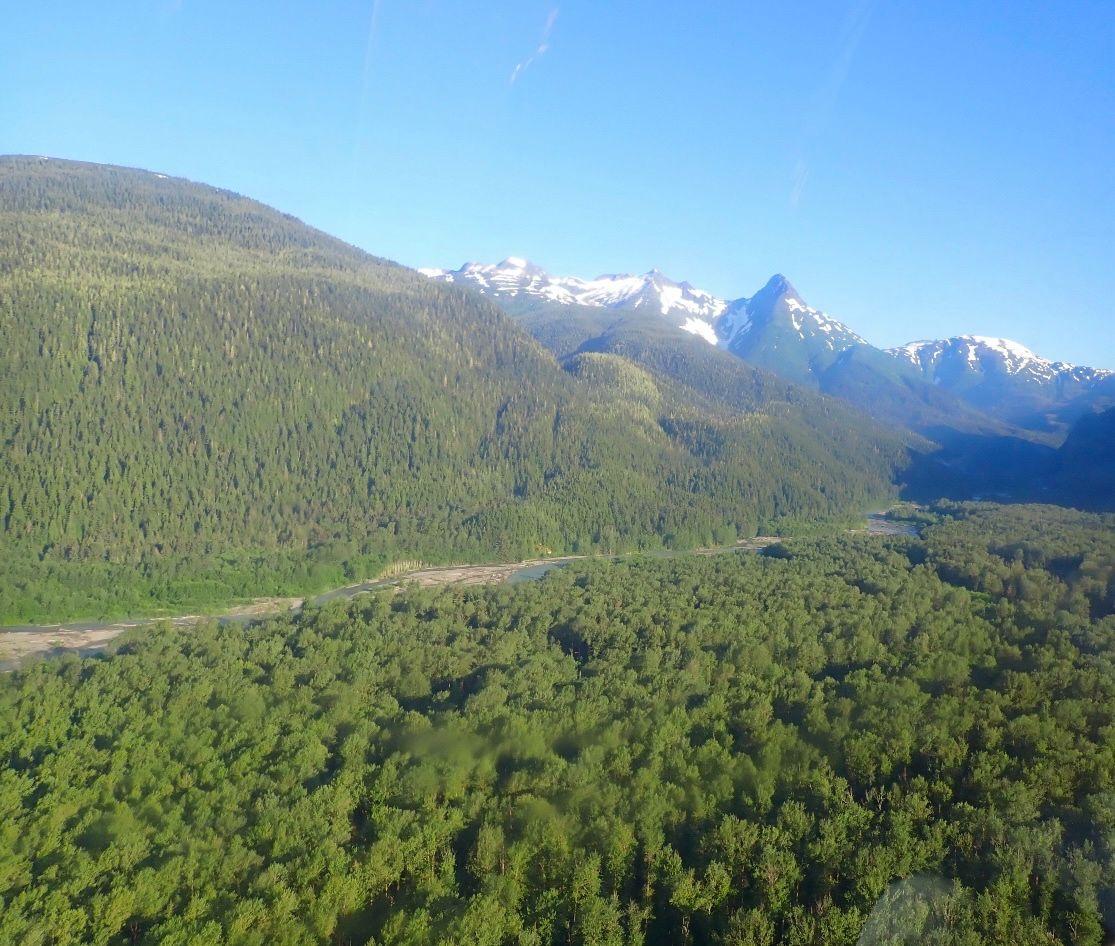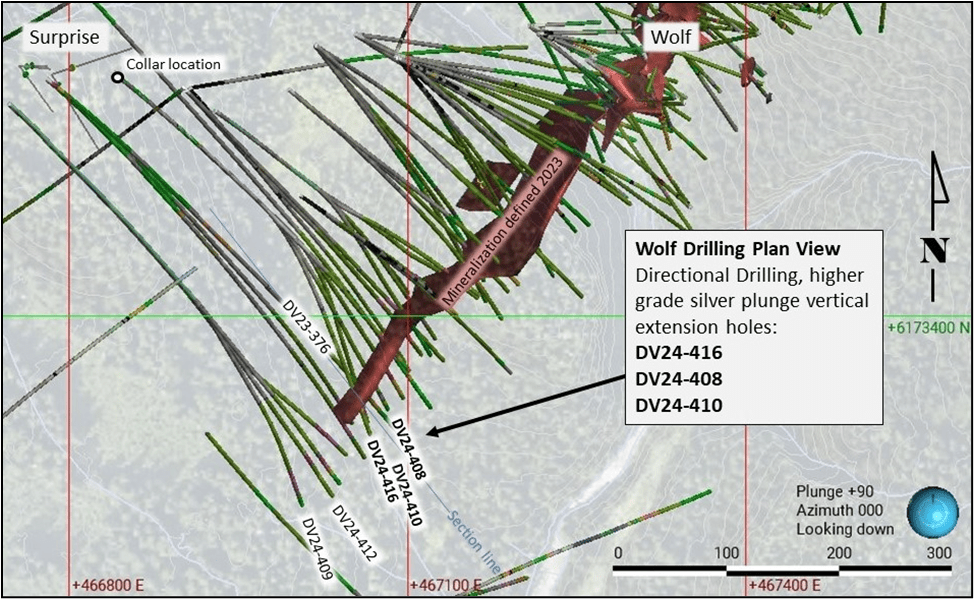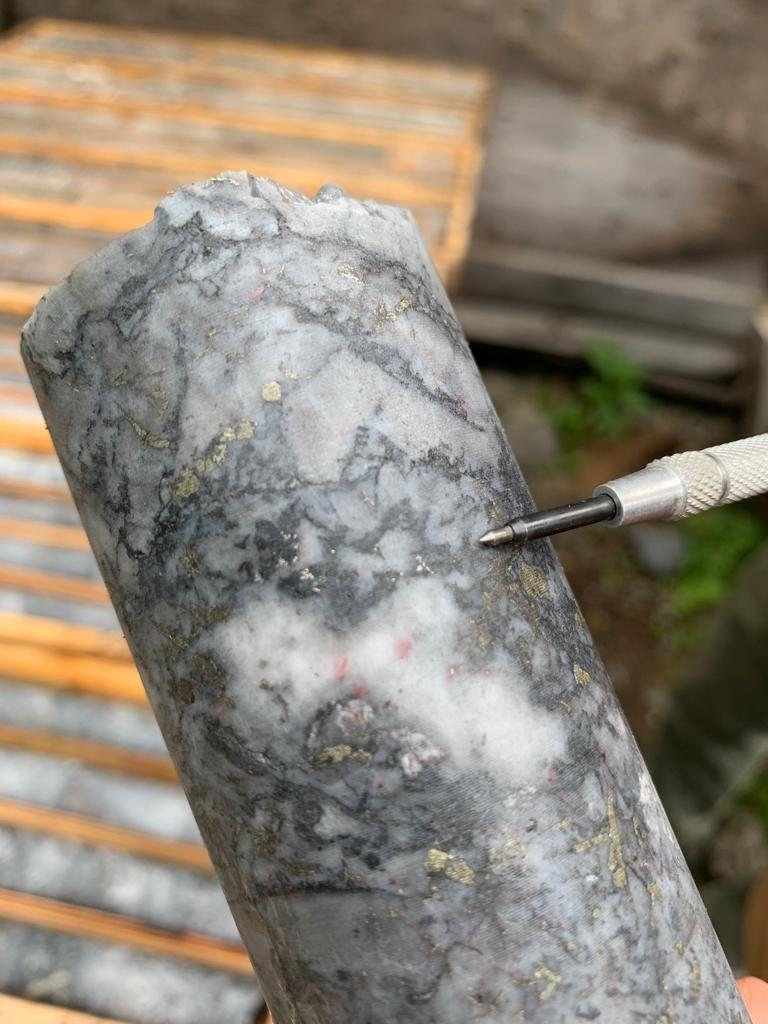Seven-figure Savings brought by Directional Core Drilling, in the challenging setting and rough terrain of British Columbia.
“The rate of drilling was much faster than expected,” says Amanda Benett, Exploration Manager at Dolly Varden.

The Dolly Varden Silver Kitsault Valley Project is located, in the Golden Triangle of British Columbia. The property itself lies within Stikine Terrane, part of the Intermontane Belt, a tectonic region dominated by island arc volcanic and sedimentary sequences.
The terrane is bound by several major fault systems that contributed to the emplacement of mineralized structures. The area is characterized by Jurassic-aged volcanic and sedimentary rock formations of the Hazelton Group. These formations primarily include volcaniclastics, andesite, basalt flows, and related sedimentary deposits, which host significant mineralization.

Being located in the rugged mountains of British Columbia, the terrain is exactly what one would expect: wonderful vistas, beautiful nature, and snow-capped peaks stretching as far as the eye can see; but also rough, unforgiving, and notoriously difficult to navigate. Bringing in and operating heavy machinery here is not just a logistical hurdle but a full-scale operation in itself, often complicated by unpredictable weather, steep grades, and limited infrastructure.
As such, working on the property presents certain challenges. In the early stages, investigations are carried out with a degree of difficulty; but even later on, the rather hard-to-access nature of this mountain region makes it all the more important to have a highly targeted drilling program.
According to Amanda Bennett, Exploration Manager at Dolly Varden:
“The terrain does make it difficult for Geophysics and mapping; Drilling certain deposits can be difficult due to the terrain, and it has to be strategic.”
A helping hand from Aziwell
To reduce the need for moving around rigs and to make the best use of every single drilled borehole, directional drilling had to be employed. There are many ways one can perform such directional drilling, but if reduced water usage, high production rate, and good geological data is important, one would be smart to use Aziwell’s directional core drilling tool Azidrill.

Indeed, the Azidrill was brought in to make the drilling program more efficient and more precise.
“We knew almost the exact points that we were intersecting, and we could expect to see the high-grade vein in the core,” said Amanda.
The drilling, helped by Aziwell’s technology, also managed to bypass the upper sediments and angle the boreholes in such a way that the targets would then be successfully intercepted with conventional drilling. As such, the work of the Geotechnical Engineers and Geologists was simplified, and the entire program was shortened.

Furthermore, the highly precise targeting meant the high-grade plunge of the deposit could be reached.
“The deposit was getting deeper, and we wanted to intersect the high-grade plunge of the deposit,” added Amanda, something that was achieved using Directional Core Drilling.
As highlights of this process, we should mention the interception of a breccia vein over 13.9 meters at 29.24 grams of gold and 16 grams of silver, and 0.5 meters of another breccia vein with 701 grams of gold and 184 grams of silver.


